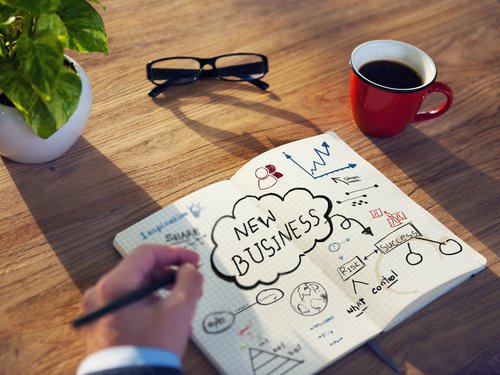How a Virtual Office Helps You “Go Green”
Many businesses these days are concerned about their carbon footprint. They’ve instituted on-site recycling programs and have encouraged local employees to bike or walk to work. While these steps help, there’s more that can be done to really move the needle – and save money for the business.
Why Traditional Offices Aren’t Efficient
While businesses can try to “green up” traditional offices, these spaces are notoriously inefficient. First, it takes a lot of electricity to run all the computers, lights, copiers and other devices in the office. Plus, the buildings need air conditioning and heat. Since most places don’t have vents in every sector of buildings, some places in the building are extremely hot or cold depending on the time of year.
Another issue is that offices are rarely fully-staffed. Many employees work remotely and only come into the office for meetings and similar functions. Others travel to a lot of meetings or conferences, especially sales people. Businesses are paying for equipment for all of these staff, and they aren’t even in the office.
Virtual Offices – The Green Alternative
Virtual offices are a good alternative to a traditional office space. Virtual offices still provide the company with a physical address for image purposes and meetings, but the company only uses the space when they actually need it.
Remote workforces use their own space and equipment – and only power these items when they’re actually using them. For example, in a traditional office, the break room light is typically on 8 to 10 hours a day. Most people turn their kitchen light off at home when they’re not using it.
Another advantage is that workers aren’t commuting every day of the week. Not only does this save on non-renewable sources like oil, it also keeps congestion down in a city. The release of CO2 from vehicles causes most of the smog problems in major metropolitan areas like Los Angeles.
Waste is also reduced. Most offices run on paper or plastic. Typically, items are printed for in-house meetings or even for just sharing data. With a virtual office, staff members are working remotely and won’t tend to print out documents as frequently as they would in a traditional office.
Many offices use plastic for utensils or cups – and that doesn’t include all the takeout bags and boxes that get thrown out. At home, people tend to cook more, and they use reusable silverware and china.
A virtual office still provides businesses with everything that they need to maintain a professional image, but it is environmentally-friendly by cutting down on energy and landfill waste.





